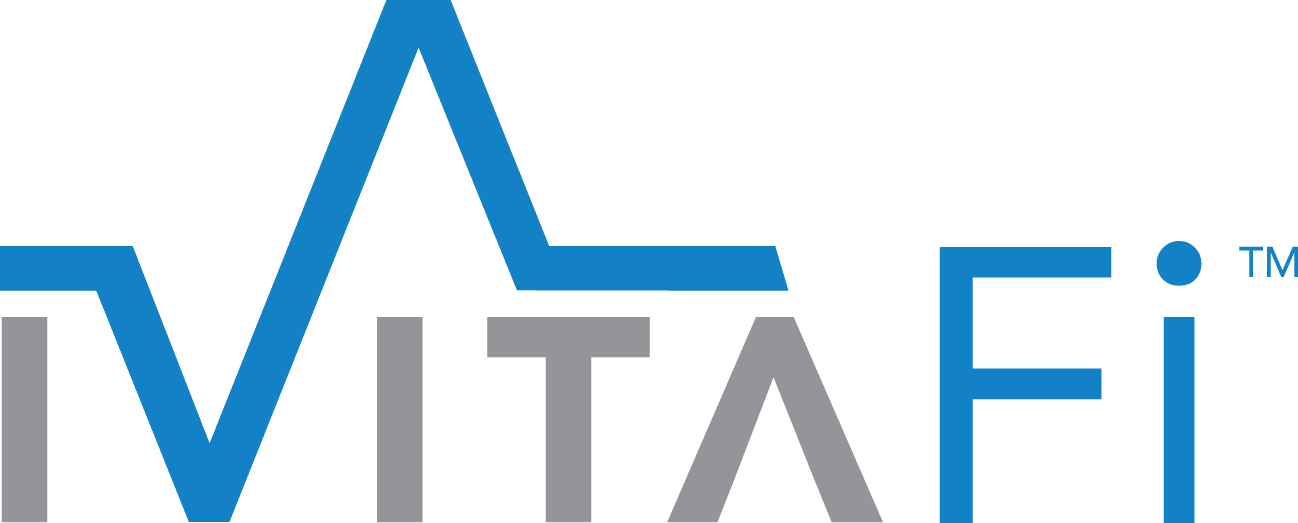Recent research by Kaufman Hall indicates that the median operating margin for U.S. hospitals in February of 2022 was -3.45%, “still well below sustainable levels.”1 Pressures from the pandemic, along with increasing financial hardship among patients, have created unprecedented financial challenges for hospitals and patients. Since up to 30% of a hospital’s revenue comes directly from patients, effectively collecting payments from patients has become more important than ever.2
The impact on patients
In 2020, 29% of workers were enrolled in high-deductible health plans with deductibles of $2,000 or greater.3 When patients have a hard time paying for their healthcare, the impact can be devastating. According to the Kaiser Family Foundation, half of adults in the U.S. skipped care in the past year due to costs while 29% chose not to take their medications as prescribed for the same reason.4 iVitaFi research aligns with these findings. Our annual Patient and Provider Market Research for 2021 found that nearly half (47%) of consumers said they would be “extremely” or “somewhat” likely to cancel or skip a service due to concerns about paying.
When patients don’t get care they need when they need it, their conditions can worsen. This can increase hospitalizations and trips to the emergency department, resulting in poorer outcomes, higher costs, and lower patient satisfaction rates. These, in turn, impact provider reimbursement
Increasing medical debt
Half of all Americans now carry medical debt and of those, nearly 46% have medical debt in collections.5 Most of those who have medical debt owe between $1,000 and $5,000.6 This means that collecting from patients has become even more difficult. Today, providers collect less than 25% of patient responsibility, meaning billions go uncollected each year. Chasing revenue on the back end is much more costly and time-consuming than collecting up front. But to do that, hospitals need to make it easier for patients to pay, which means providing multiple types of payment methods. To do so, however, they need to first understand what patients want in their healthcare financial experience.
What patients want
Now that patients are responsible for more of their own healthcare costs, they want the same payment options for healthcare as they get in other areas of their lives. For example, they can manage all of their banking transactions, apply for a loan, and transfer money online. Similarly, when purchasing from a retail establishment, consumers know what they owe up front, have the option of rolling up payments onto a single store card, can make digital payments, and can make payments over time. Why shouldn’t they have those different methods of payment options with their healthcare?
Recent research by iVitaFi revealed some interesting insight into patient payment preferences.
- 50% want to know their out-of-pocket expenses before they receive the service.
- 50% want the option of making payments prior to, or at the time of service.
- 71% of Gen-Zers and 60% of millennials prefer to pay prior to leaving the hospital.
- 36% of Gen Xers and 29% of baby boomers prefer to pay upon receiving the first statement.
When asked how likely they would be to schedule treatment at a local hospital if they had access to an extended payment option with affordable fixed payments, 78% of consumers said “extremely” or “somewhat” likely.
Designing a consumer-centric financial experience
In many cases, hospitals still use collection practices designed around insurance reimbursement, not around the consumer. Before the popularity of high deductible health plans, patient balances were almost an afterthought. Other than a typically small co-pay, healthcare organizations didn’t even discuss patient responsibility or ask for payment at the time of service. We now know that’s no longer a financially viable strategy.
Below are three ways to improve the consumer financial experience:
- Let patients select their preferred communication method. Reach patients the way they are most likely to respond, incorporating options such as text messaging, voice mail and email. As we saw from the consumer research, not all patients want to wait for a paper statement to come in the mail.
- Provide additional methods for payment, such as online options for payment. Providers can improve the patient’s financial experience by offering self-service medical payment options that are mobile-ready. Combining text and/or email messaging with links to an online payment environment provides a way for patients to make a payment well before the first statement is printed and mailed, speeding up the revenue cycle in the process.
- Offer flexible payment plans and financing options. Providing a retail-like financial experience means offering flexible payment plans or financing for patients who are not able to make full payment. As hospitals aren’t banks and most don’t have the capital resources or personnel needed to effectively manage payment plan accounts over time, they aren’t able to offer compelling financing programs or types of payment options to patients. Enlisting payment partners that can help the hospital offer and manage these options digitally helps the hospital focus valuable resources on other internal needs and to gain a competitive advantage.
Proven success
iVitaFi is a great partner to consider when revamping your patient collection programs to be more consumer centric. Our new MyPlan program is easy to implement and provides digital engagement options and a payment platform that provides a retail-like experience for patients. iVitaFi’s Patient Engagement improves patient financial communications by leveraging text, email, and voice mail communication choices for patients. We offer an all-digital payment portal with Pay Now and Payment Plan options, and our non-recourse Line of Credit program offers patients flexible, affordable healthcare payment options through a no-interest, no-fee credit line. With our Line of Credit program, hospitals receive full payment up front without having to worry about taking back the account or about working for months or even years to collect only a small portion of the original amount.
Patients benefit by being able to afford the care they need when they need it. Providers benefit through an improved patient experience, faster collections, and increased profit margins on self-pay accounts.
The bottom line
A patient-centric collections strategy isn’t something hospitals can afford to put off—especially now. In our survey, 78% of consumers said they would be “extremely” or “somewhat” likely to go back to the same hospital for future services if they were offered extended medical payment options, while 74% indicated they would be willing to recommend the hospital to family and friends. Partnering with a non-recourse lender like iVitaFi can help hospitals achieve their revenue goals faster and with less effort.
Contact us to learn more about the advantages and disadvantages of different payment methods.
1 “National Hospital Flash Report,” Kaufmanhall.com, March 2022
2 “Patients are the new payers in healthcare,” Healthcare IT News, February 6, 2018 ()
3 “Harnessing the self-pay opportunity,” Modern Healthcare, March 1, 2022
4 “Americans’ Challenges with Health Care Costs,” KFF, December 14, 2021
5 “Many Americans Still Can’t Pay Off Less than $5,000 in Medical Debt,” Debt.com
6 Many Americans Still Can’t Pay Off Less than $5,000 in Medical Debt,” Debt.com

